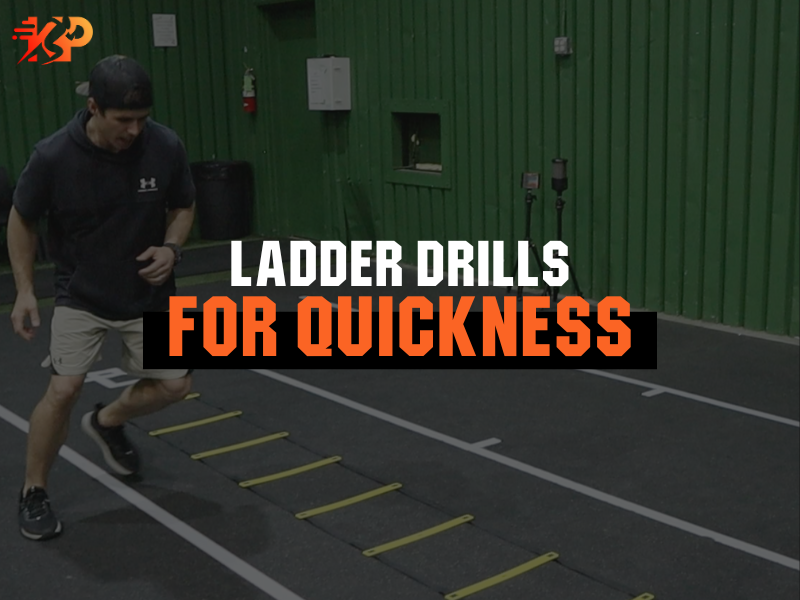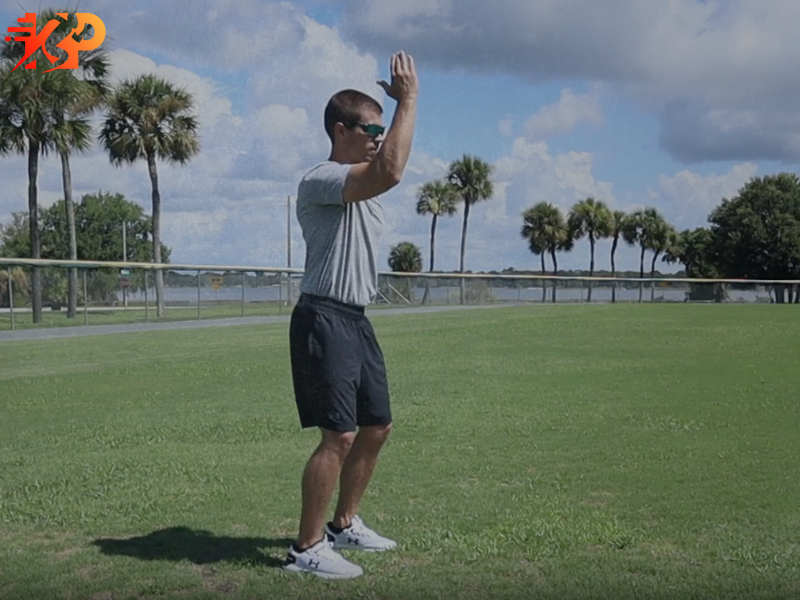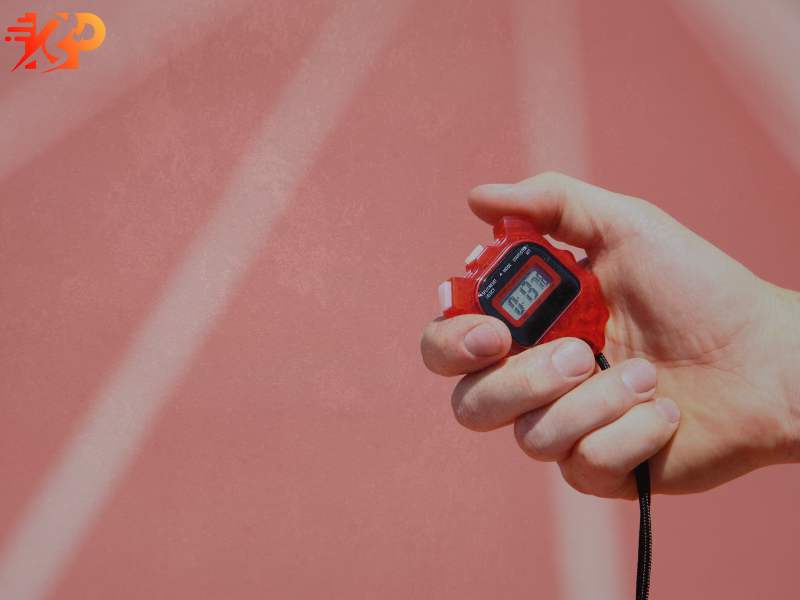Ladder Drills for Quickness: Boosting Youth Speed and Agility

By Mark Keil, CSCS
Posted on May 4, 2025

By Mark Keil, CSCS
Posted on May 4, 2025

Speed and agility are two of the most valuable assets a youth athlete can develop.
Whether a young athlete is sprinting down the sideline in football, cutting across the court in basketball, or reacting to a play in soccer, the ability to move quickly and efficiently is necessary.
One highly effective tool for developing these skills is the agility ladder.
The agility ladder is a powerful tool for enhancing quickness, coordination, and overall athletic performance.
In this article, I’ll explain how ladder drills contribute to youth speed and agility and why they should be a component of youth training programs regardless of sport or skill level.
Why Quickness Matters in Youth Sports
Quickness isn’t just about raw speed—it’s about how fast an athlete can start, stop, change direction, and react. These abilities play a critical role in nearly every sport.
For youth athletes, developing these skills early has significant benefits:
- Improved game performance: Enhanced quickness helps athletes get open, defend better, and recover faster.
- Injury reduction: Better movement mechanics and body control reduce the likelihood of common injuries.
- Confidence and competitiveness: Speed and agility often translate directly to better on-field performance, which builds confidence and motivation.
The Role of Ladder Drills in Youth Training
Agility ladder drills are among the most effective tools for helping youth athletes improve foot speed, coordination, balance, and neuromuscular control. Here are a few key ways that ladder drills enhance youth speed and agility-
1. Enhance Youth Athlete Neuromuscular Coordination
One of the most essential benefits of ladder drills is their ability to train the brain and body to work together more efficiently.
As athletes move through different ladder patterns, they must rapidly process movement cues, control their limbs precisely, and adjust their rhythm and timing. This coordination between the nervous and muscular systems is critical to athletic quickness.
For youth athletes whose motor skills are still developing, these drills help build a solid foundation for more complex movements required in sport.
2. Improving Youth Athlete Foot Speed and Reaction Time
Ladder drills are highly effective at increasing foot speed—the number of rapid steps an athlete can take in a set time (this is valuable in sports where short bursts of movement and quick footwork are required… which is nearly every sport).
Additionally, by practicing drills that require rapid changes in direction or rhythm, athletes develop quicker reaction times and better situational awareness.
These improvements can directly impact an athlete’s ability to react to a defender, chase a loose ball, or shift directions during a play.
3. Developing Agility Through Directional Movement
Agility is the ability to move side-to-side or change direction rapidly.
Ladder drills are particularly valuable because they can include multidirectional foot patterns—forward, backward, lateral, and diagonal movements—that mimic the dynamic movement demands of many sports.
Through repeated practice, athletes improve their directional speed and better body control and balance (essential for efficient and injury-free movement).
4. Reinforcing Athletic Posture and Movement Mechanics
Many ladder drills are performed in an athletic stance: knees slightly bent, chest up, core engaged, and feet under the hips.
By repeating movements in this stance, young athletes naturally learn to maintain proper posture during high-speed activities.
Proper posture has two significant benefits:
- It promotes efficient movement, allowing athletes to move faster with less energy wasted.
- It teaches injury-reduction mechanics (helping protect the knees, ankles, and hips).
5. Boosting Confidence and Engagement
One of the often-overlooked aspects of ladder drills in youth training is their psychological impact.
These drills can be fun, challenging, and easily scaled to match the athlete’s current ability. As athletes improve their times or complete more complex patterns, they become more confident.
This gain in confidence can translate to better performance on the field.
Side Note: Ladder drills also serve as a great warm-up that keeps athletes engaged without wearing them down.
Integrating Ladder Drills Into Youth Training
Ladder drills are effective when integrated into a broader youth speed and agility program, including strength training, mobility work, and sport-specific skill development.
Conclusion: A Simple Tool with Powerful Benefits for Youth Athlete Development
Ladder Drills are NOT overrated; they offer tremendous benefits for developing youth athletes.
Ladder drills are valuable to any youth training program because they improve foot speed and coordination, enhance reaction time, and improve body control.
The goal isn’t just to make athletes faster—to make them better movers, more aware competitors, and more confident performers.
If you’re in Tulsa, Oklahoma and are looking for Speed and Agility Training for your athlete, then sign up your athlete to try the program for FREE!
Keil Performance is the local, highly rated, Speed and Agility Training program near you that has helped countless athletes improve their speed. If you’re looking for the top speed and agility training program near you, then come check out the program today!
Training Resources






